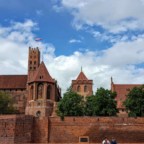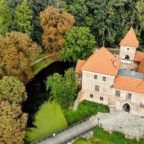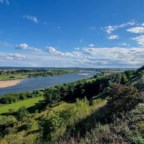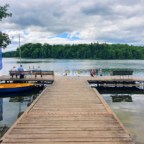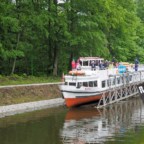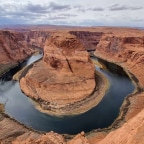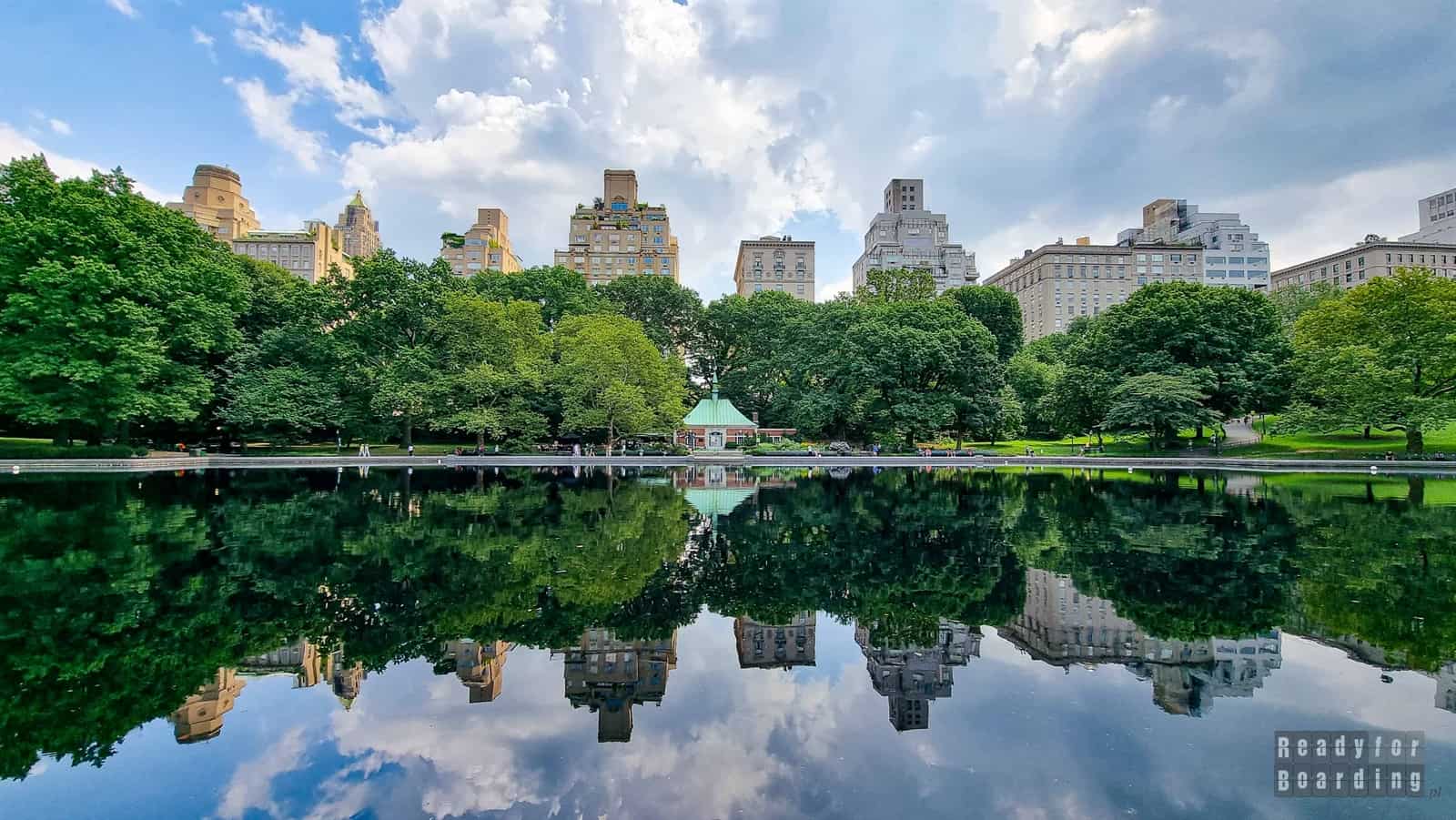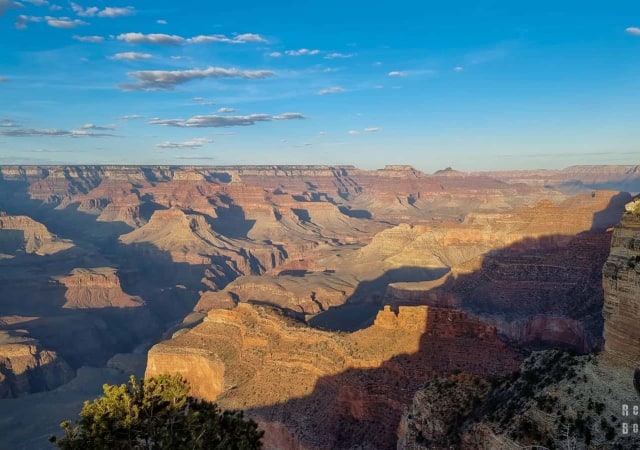As you may have noticed, we don’t like to limit ourselves and stick only to a predetermined plan. The same was true during the weekend near Elblag: our goal was a boat cruise, but it only lasts a few hours. That leaves plenty of time to see Elblag itself and the surrounding area.
In this post, another in our Ready for Poland series, we will focus only on the mentioned places, intentionally leaving out Malbork Castle :)
Table of contents
Mobile tour ;-)
Let’s start with the fact that we drove towards Elblag with a reservation for a cruise and an overnight stay, without much of a plan for what we would do on the spot. We go by car, we are in a country where you can easily get along ;-) Well, and most importantly, we have maps, gps and uncle Google, who will advise and help at any time :)
It may also seem strange to you, but after many trips abroad, where the operator wishes a fortune for 100kb of data (and you know what you can do with that amount of data), having the Internet always at hand is very helpful. So on the one hand we have a map, with numerous symbols about attractions in the area, and on the other hand we have a network that will help us judge whether it is worth going to certain places or not.
And it’s not just about seeking other people’s opinions, because that’s no indicator. We can immediately see satellite photos, photos of people who have been here, opening hours, prices, etc. And all this to decide which way we are going. Believe us, after our recent trips (which haven’t all lived to see detailed coverage yet), such little things make us even happier.
Surroundings of the Elbląg Canal
But let’s get back to the main theme of this entry, which is Elblag and the surrounding area. We had about half a day to manage, so we certainly didn’t see everything, but still enough to create a separate entry, because Elblag and its surroundings deserve it.
Elbląg
We were in Elblag on Sunday morning and our first steps were to the Old Town. We had the impression that the city was just waking up, many restaurants were closed, and at the few restaurants waitresses began to prepare tables and chairs and open business.
We headed toward the main promenade, Old Market Street. It is here that one of the most recognizable symbols of Elblag, the Market Gate, is located. This seven-story building, was erected in the 14th century, was part of the city’s defensive walls and one of the main gateways into the city.
Currently, it can be toured, with a different attraction on each floor. Don’t be discouraged by the sharp staircase at the beginning – later it is wider and more comfortable, nevertheless, the top is reached by stairs, there are no elevators.
Here we can find tourist information, a gift store, a conference room, a children’s room, and the crowning glory is the observation deck on the top floor, from where we can admire the panorama of Elblag. Entry is free of charge.
As we admired the views from above, we were intrigued by one in particular: a large market cart on the church grounds….
Only after a while did it occur to us that we were looking at the Art Gallery EL Center. The gallery is located in an old 13th-century Dominican sub-Ministerial church. This church was severely damaged during the siege by Soviet troops in 1945, and was saved from demolition by Gerard Kwiatkowski, who created his studio in the church. In later years, the building was rebuilt and converted into an art gallery.
Of course, in Elblag you can not miss the reigning over the city Cathedral of St. Nicholas. Like the aforementioned building, construction of the Cathedral also began in the 13th century. In the same way, it suffered numerous damages during the war effort in 1945 (earlier reconstruction was needed after the cathedral fire in the 18th century). Of interest – it is one of the tallest religious buildings in Poland (the tower is 97 meters).
Other noteworthy features include the old town itself, the building of the Elblag Library named after him. Cyprian Norwid and the Museum of Archaeology and History in Elblag.
Poland’s lowest point
If you would like to feel more depressed after visiting Elblag, then to the south is the village of Raczki Elbląskie, where you will find the lowest point in Poland (depression of 1.8 m below sea level) :-) The place is marked with a symbolic plaque.
Pasłęk
In addition to Elblag, we were also in the town of Paslek, which is located between Elblag and our accommodation in Karczemka. This small town surprised us very positively as soon as we saw the old town. There are city walls with gates, which were built since the 13th century by the Teutonic Order. The length of the walls is about 1,200 meters.
The two most important buildings are the Teutonic Castle and the St. Peter’s Church. Bartholomew. The first, dates back to the 14th century, but suffered significantly during the Polish-Teutonic war, and after being rebuilt in the 16th, further serious damage occurred during the Red Army attack in 1945. The building has been rebuilt again and now houses the municipal government headquarters, library and community center.
Right next door is the aforementioned Church of St. The church of St. Bartholomew dates back to the 14th century.
We also recommend taking a walk through the entire old town (it’s not very big, but nice and interesting).
In addition to these destinations, we also recommend walking along the Elbląg Canal and enjoying views like these:
We also invite you to report on the Elbląg Canal cruise and our gallery from Elbląg and the surrounding area:






























